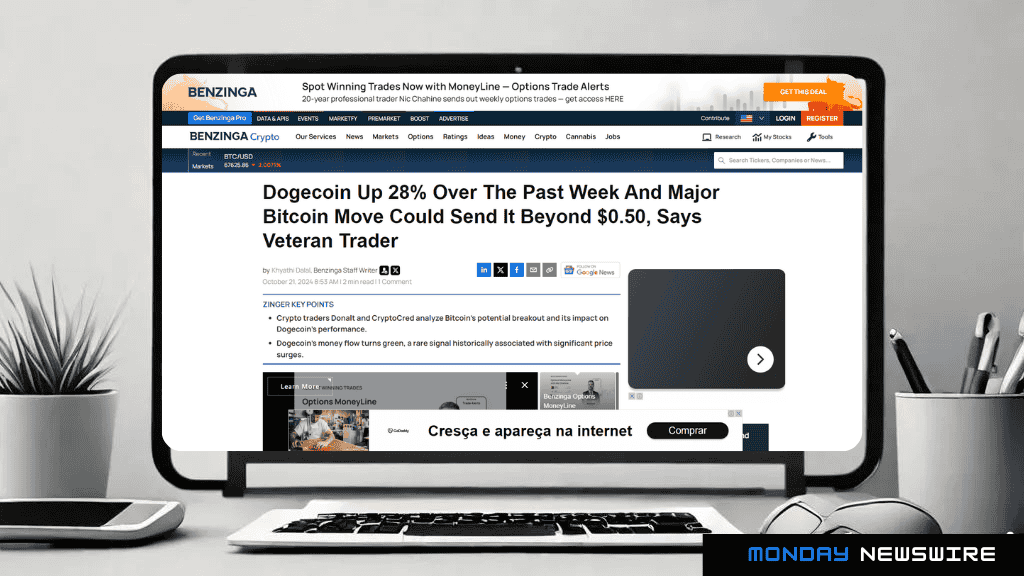Effective Press Release Submission Strategies
You’ve got some exciting news to share – a new product launch, a significant hire, or reaching a key milestone. You’re ready to spread the word, and crafting a press release feels like the perfect step. But now comes the next hurdle: where to send it? How do you keep it from landing in the dreaded spam folder? Most importantly, how can you ensure it gets noticed by journalists? If this sounds all too familiar, you’re not alone. Many businesses struggle with press release distribution. Sending your release to every journalist you find online won’t cut it—in fact, it’s a quick path to being ignored or even blacklisted. So, how do you do it right? Let’s dive into the most effective strategies for getting your press release noticed. Get help from these: Two Proven Ways to Distribute Your Press Release When it comes to press release distribution, you’ve got two primary options: Directly contacting journalists: Building a curated list of media contacts and sending personalized pitches to journalists relevant to your industry. Using a PR distribution service: Taking advantage of established platforms that can distribute your press release to a wide array of media outlets swiftly. Direct Outreach (The DIY Approach) If you prefer a hands-on method, reaching out to journalists directly can be effective—but be prepared, it takes time and effort. Start by identifying the right journalists, reporters, or editors who would genuinely care about your news. This requires research, looking into who covers your industry, and ensuring your story resonates with their audience. Keeping your media list updated as journalists switch beats or publications is also crucial. Once you’ve built your list, your next challenge is crafting a pitch that grabs attention. Journalists are bombarded with pitches daily, so yours must stand out. A few tips for writing an attention-grabbing pitch: Use a catchy subject line that highlights the main news—avoid generic terms like “press release.” Paste the content of the press release in the email body instead of attaching it. Provide links to images in cloud storage (like Dropbox) instead of attachments. Include image descriptions in your press release for clarity. Polite follow-ups can help if you don’t hear back, but avoid overdoing it—journalists are busy, and too many follow-ups can backfire. PR Distribution Services (The Streamlined Approach) If contacting journalists directly seems overwhelming, using a PR distribution service like Monday Newswire might be the better choice. PR services distribute your release to a network of media outlets, connecting you with top publications such as Business Insider, The Globe and Mail, and AsiaOne. With Monday Newswire, all you need to do is write your press release and choose the right distribution package. They handle the rest and provide analytics to track how far your press release reaches. Crafting a Press Release That Stands Out Whether you’re going the DIY route or using a service, the success of your press release depends on its quality. Here’s how to ensure it grabs attention: Tell a story for journalists, not just your company: Focus on what’s truly newsworthy for the media’s audience, not just your business promotion. Craft a strong headline: Make it direct and compelling without overhyping—journalists appreciate clarity. Get to the point early: Journalists don’t have time for lengthy introductions, so make sure the key information is upfront. Include quotes and data: A well-placed quote or relevant statistic can make your release more engaging. Time it right: Avoid days when major news stories will overshadow your announcement, and aim for early mornings when journalists are seeking new stories. Measuring Success: Is Your Press Release Working? Once your press release is out there, track its performance: Media coverage: Use tools like Google Alerts to track mentions. Website traffic: Check if the release is driving more visits. Social media buzz: Monitor platforms for discussions or shares. Inquiries and leads: Pay attention to customer inquiries or business leads generated by your release. If Your Press Release Falls Flat Not every press release hits its mark, but don’t be discouraged. Analyze what might’ve gone wrong—timing, message, or even the distribution method. Gather feedback, tweak your strategy, and keep pushing forward. Consistency builds momentum. With the right strategy and persistence, you’ll start seeing results and attract the media attention your business deserves.


Comments ( 0 )